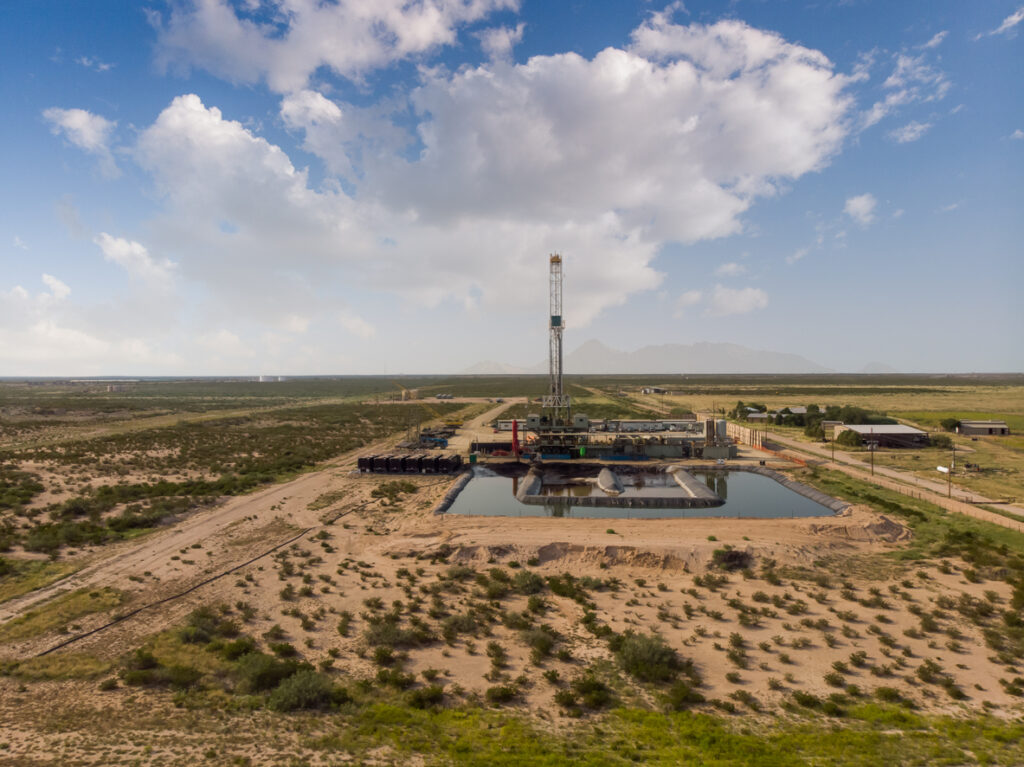Permian disposal bottlenecks are reshaping field strategies, but advances in treatment and reuse are opening new pathways for cost control and resilience.
As disposal pressures intensify in the Permian and beyond, operators are rethinking one of shale’s most persistent challenges: managing produced water.
In a recent LinkedIn inline poll of 25 industry professionals, B3 Insight asked which water management strategies are most relevant to their plans. While the sample size is modest, the results reflect broader conversations across the sector—pointing to shifting priorities and emerging alternatives.
Poll Results
- Reuse / Mineral Recovery – 32%
- Evaporation – 28%
- Distant/Out-of-Basin Disposal – 20%
- Desalination – 20%
What the Poll Reveals
The leading choice—reuse and mineral recovery—signals growing momentum toward strategies that both reduce costs and create new value. Operators are exploring ways to offset freshwater demand while extracting potential value from treated brines. By recycling produced water, operators can avoid the expense and regulatory burden of sourcing and transporting freshwater. At the same time, emerging mineral recovery technologies turn treated brines into potential revenue streams, positioning water not just as a liability but as an asset. This dual incentive explains why circular solutions are rising to the top of operators’ water management priorities.
Disposal and desalination split evenly, each reflecting distinct trade-offs. Hauling water to less-pressured formations remains a fallback but carries higher logistics costs and community impacts. Desalination, once viewed as prohibitively expensive, is gaining traction as technology improves and operators consider scalable treatment options.
Evaporation, traditionally a niche approach, is drawing renewed interest in arid regions where surface-based solutions align with permitting opportunities.
The Larger Context
These shifts are unfolding against a backdrop of tightening disposal constraints. Formation pressures are rising, injectivity is declining, and new Railroad Commission permitting guidelines are reshaping disposal planning. Shallow zones that once served as reliable disposal targets are now reaching capacity.
Meanwhile, produced water volumes are climbing—from more than 21 million barrels per day in the Permian in 2024 to a projected 27 million bpd by 2035. Without new strategies, disposal bottlenecks could increasingly limit production growth.
What Comes Next
The results suggest a more diversified water management playbook. Rather than relying almost exclusively on saltwater disposal wells, operators are weighing portfolios that blend reuse, recycling, and treatment with more selective injection.
Execution will hinge on stronger forecasting and planning. Identifying where pressures are building, how volumes will evolve, and what regulatory constraints lie ahead will determine which options prove viable at scale.
Conclusion
Water management is no longer a secondary concern—it is a strategic driver of production, permitting, and long-term asset value. As this poll and B3 Insight’s industry dialogues confirm, operators are already preparing for a future where water is managed as an integrated part of upstream planning, not just a byproduct of it.

